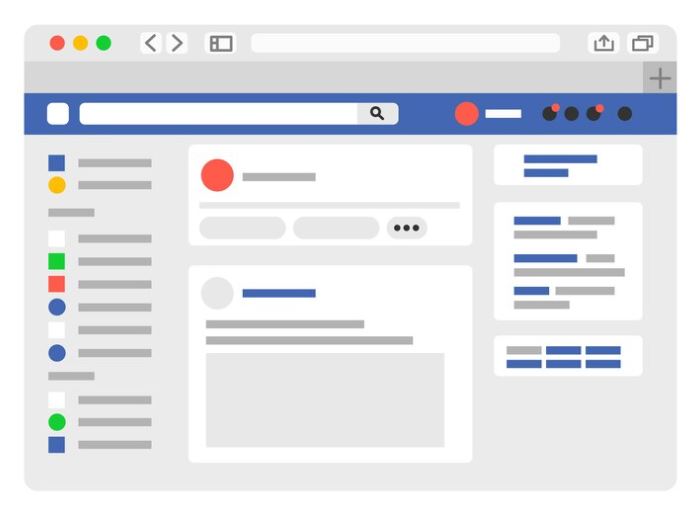
Modern computer technology is a broad term that encompasses the latest developments and innovations in the field of computer science.
It includes hardware, software, networks, artificial intelligence, cloud computing, and more.
But what exactly makes computer technology “modern”? How is it different from the past, and what benefits and challenges does it bring?
What is Computer Technology?
Before we delve into the modern aspects of computer technology, let us first define what computer technology is.
Computer technology is the use of electronic devices to store, process and communicate information. It involves the design, development and operation of computer systems and applications.
Computer technology can be divided into two main categories: hardware and software.
- Hardware refers to the physical components of a computer system, such as the CPU, RAM, hard drives, keyboard, mouse, monitor, etc. Hardware is responsible for executing the instructions given by the software.
- Software refers to the programs and data that run on the hardware, such as: the operating system, applications, games, documents, etc. Software is responsible for providing the functionality and user interface of the computer system.
What makes computer technology modern?
Computer technology is constantly evolving and improving. What was considered modern a few years ago may be outdated today.
Some of the factors that make computer technology modern are:
- Speed
Modern computer technology is faster than ever before. It can perform complex calculations and operations in a fraction of a second.
For example, the supercomputer Fugaku can perform over 442 quadrillion calculations per second. - Capacity
Modern computer technology can store and process huge amounts of data. It can handle terabytes, petabytes and even exabytes of information.
For example, the Large Hadron Collider generates about 25 petabytes of data per year. - Connectivity
Modern computing technology is more connected than ever before. It can communicate and share information across different devices, platforms and networks.
For example, the Internet of Things (IoT) connects billions of smart devices that can interact and exchange data. - Intelligence
Modern computer technology is smarter than ever before. It can learn from data and perform tasks that require human-like thinking and creativity.
For example, artificial intelligence (AI) can recognize faces, play games, write texts, and more.
Types of modern computer technology
Artificial Intelligence (AI)
Artificial Intelligence (AI) is the field of computer science that points to form machines and frameworks that can perform assignments that regularly require human insights, such as thinking, learning, choice-making, and characteristic dialect processing.
Machine Learning
Machine Learning may be a department of AI that centers on creating calculations and models that can learn from information and make expectations or choices without being expressly modified.
Internet of Things (IoT)
Internet of Things (IoT) is the arrangement of physical objects, gadgets, and sensors that are associated with the web and can communicate, collect, and trade information.
IoT empowers different applications and administrations, such as savvy homes, keen cities, wellbeing care, horticulture, and industry 4.0.
Cloud Computing
Cloud Computing is the conveyance of computing assets and administrations, such as servers, capacity, databases, programs, and analytics, over the web.
Cloud computing empowers clients to get to and utilize these assets on request, without having to claim or keep them locally.
Big Data Analytics
Big Data Analytics is the method of extracting important information from large, complex, and assorted data sets, utilizing different methods and instruments, such as information mining, machine learning, measurements, and visualization.
Big Data analytics can help businesses improve their performance, productivity, and development.
Virtual Reality (VR)
Virtual Reality (VR) and Expanded Reality (AR) are innovations that create immersive and intelligently encounters for clients, by recreating or improving the genuine world.
VR uses headsets or goggles to form a completely fake environment, whereas AR employs gadgets such as smartphones or glasses to overlay computerized data or objects on the genuine world.
VR and AR can be utilized for different purposes, such as entertainment, education, training, and wellbeing care.
Blockchain
Blockchain is a conveyed record framework that records and confirms exchanges, without the requirement for a middle person.
Blockchain employs cryptography and agreement components to guarantee the security, keenness, and permanence of the information.
Blockchain can empower different applications, such as cryptocurrencies, shrewd contracts, supply chain administration, and digital identity.
5G Technology
5G Innovation guarantees to supply speedier, more solid, and more productive remote communication, with lower idleness and higher transmission capacity.
5G Technology can support various devices and applications, such as smartphones, tablets, IoT, VR, AR, and independent vehicles.
Biometric Security
Biometric Security is the use of natural or behavioral characteristics, such as fingerprints, faces, iris, voice, or walk, to distinguish and verify people.
Biometric security can provide higher precision and comfort than conventional strategies, such as passwords or keys, and can also help avoid character burglary and extortion.
Quantum Computing
Quantum Computing is the use of quantum mechanics to perform computations beyond the capabilities of classical computers.
Quantum computing can possibly fathom complex and recalcitrant issues, such as cryptography, optimization, reenactment, and manufactured insights.
Quantum computing is still in its early stages of development.
Tips on SEO and Online Business
Next Articles
Previous Articles












